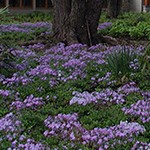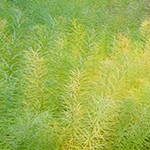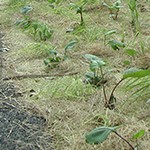Master Planning
Project Details
The green building movement in the United States, Europe and Asia has been primarily focused on “limiting the damage” to the environment. The Willow School has approached its relationship with the environment from a more positive perspective. Instead of only looking at using less energy to heat and cool the buildings, less potable water to flush human waste, or using materials that contain fewer toxins and so on, the School has been working with a group of consultants who look for opportunities to improve the health of the natural and human systems engaged in this place.
Although this is a different way of building than conventional practice, once understood, it is actually easier to leverage the proposed human activities on the site in ways where they become catalysts for the damaged natural systems to be rehabilitated. Once functioning in a healthy manner, these systems, including the people engaged in it, begin to support the health of the place with much reduced input of time, money, and damaging “maintenance” activities.
The LEED™ Green Building Rating System, produced by the US Green Building Council, was used as a framework to set goals for environmental performance for the School and the design team. LEED stands for Leadership in Energy and Environmental Design. It helps projects set high environmental performance in the general categories of healthy Plant/Animal Habitat and Water Quality, Water Conservation, Energy Conservation, Material Resource efficiencies, and Indoor Environmental Quality. The Willow School will be reaching the Gold level due to the high number of effective environmental issues that will be addressed in the course of building and operating this facility.
In addition, the health of the site was evaluated. It was determined that many of the site design features and some of the building systems could be integrated into the great expression of the forest that was once there. This is the essential context for all human activity in this place and a real educational opportunity for students and community. The forest is the most diverse opportunity for self directed total immersion learning. The opportunity is to demonstrate how the forest on the site can return to become the living sponge and filter that is the natural response to this climate (40+ inches of precipitation). The forest which now is at an early order of expression (low level of succession) will evolve to higher levels of effectiveness and increasing capability to support life while it stores, filters, and gradually releases the water and nutrients that is collects.

The Green Schoolhouse in Gladstone – Utilizing the site as a teaching resource
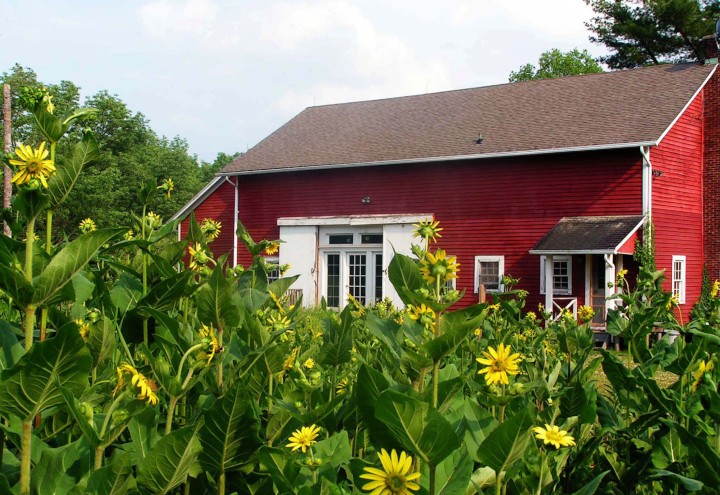
Willow Barn and Plantings
It was determined that many of the site design features and some of the building systems could be integrated into the great expression of the forest that was once there.
Students learn as much from their surroundings as from the school itself as constructed outdoor learning spaces, constructed wetlands, natural meadows, butterfly garden and water harvesting are all incorporated into the site.
Looking beyond the site issues, a whole systems approach has been used to evaluate building systems rather than assuming that efficient technical approaches are sufficient.
As an example, ground source heat pumps are a very efficient technology. Many designers use them when trying to achieve high energy efficiency in buildings. However, the New Jersey climate requires more heating than cooling. Ground source heat pumps are very efficient when supplying equal amounts of heating and cooling. Because the School will not be operating at full occupancy during the summer, it was determined that the largest percentage of energy supplied to the building, and therefore the amount of greenhouse gasses emitted to the atmosphere, would occur during the heating season. Using natural gas at the building is much more efficient than burning it at a power plant and sending this energy over electric transmission lines to be used by the heat pumps for heating purposes. The limited amounts of cooling will be provided by high efficiency air conditioners when needed. This whole system approach allowed the School to save on initial cost of equipment, operating costs and, importantly, reduces its contribution of greenhouse gasses. This compares to the standard approach of only considering the efficiency of the equipment at the site rather than the impact of how this equipment will be used in relation to the larger ecosystem.

Trees from site were shipped on rail cars to PA …

… and came back as desks
Design Objectives
- Minimize the building and paved area footprint on the land
- Stockpile existing topsoil
- Marsh wetland storm water management
- Reduce turf grass to a minimum and planting native species meadows
- Minimize the width of roadways
- Use pervious surfaces for roadways
- Avoid the use of curbs
- Vegetated drainage swales
- Plant species along waterways
- Capture rainwater in underground storage beds
- Landscape with plants that encourage wildlife forage for increased diversity of habitat
- Construct a Wetland Treatment System
- Minimize pavement to reduce the “heat island effect”
BUILDING MATERIALS

Bluestone

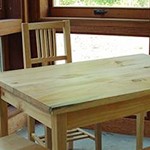

LANDSCAPE ELEMENTS
